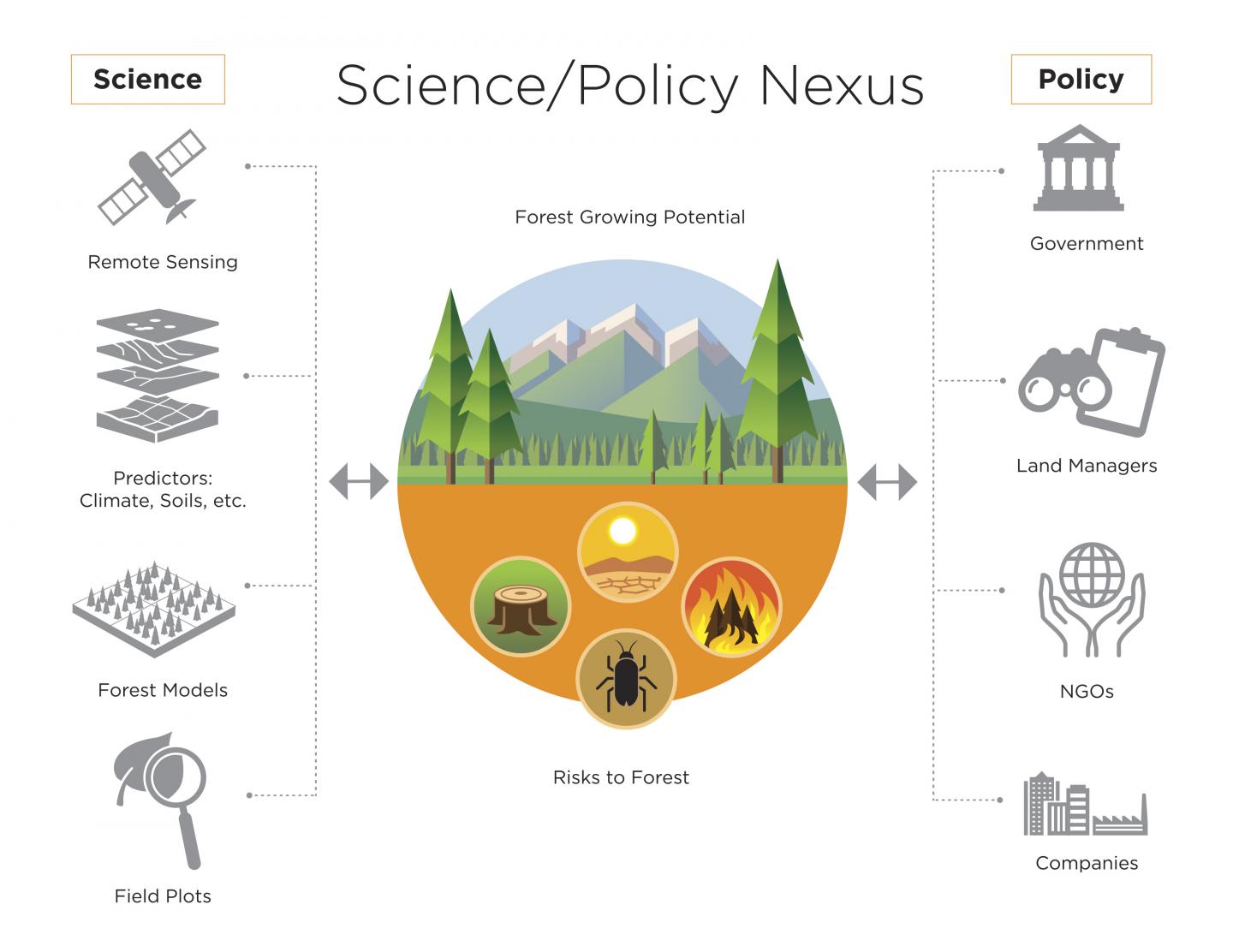It depends, and that means it is unlikely. Lots of corporations dove into the carbon offset market, Mr. Gore made hundreds of millions of dollars investing in them, but there is no standard beyond 'we will plant this many trees.' The story is certainly compelling. There is no guilt about a mansion or private plane if you pay someone to plant trees that absorb carbon dioxide emissions equal to what you burned and create wildlife habitats and nice views for humans in the process.
Except that's not working, any more than your solar panels and electric car benefit anyone but you. A new paper documents the failures of tree-planting campaigns. Imagery of Idyllic young people putting plants in the ground is as ridiculous as believing organic farmers don't use pesticides and are out there with a hoe. Their analysis of 99 large organizations that engage in tree-planting programs rated them using 10 guidelines, some fuzzy-wuzzy, like community engagement, but also quantifiable goals like reducing unintended harms and engaging in forest management.

Credit: David Meikle, The University of Utah
Community engagement was easy for all of the groups they analyzed, it's as easy as having Diversity, Equity, and Inclusion in a mission statement, but when it came to real solutions, they found that only 41% of organizations actually reported data on tree survival and only 10% of organizations committed to the trees they planted after 10 years. There are negative outcomes in tree planting, just like there are monstrous wind vanes, but like alternative energy, companies making money rarely talk about it, in the case of tree planting 81% didn't think there could be a worry at all.
If you feel guilty that you fly off on vacation twice a year, carbon offsets like trees are a great idea. If they are actually being implemented the way companies selling them say they are.




Comments